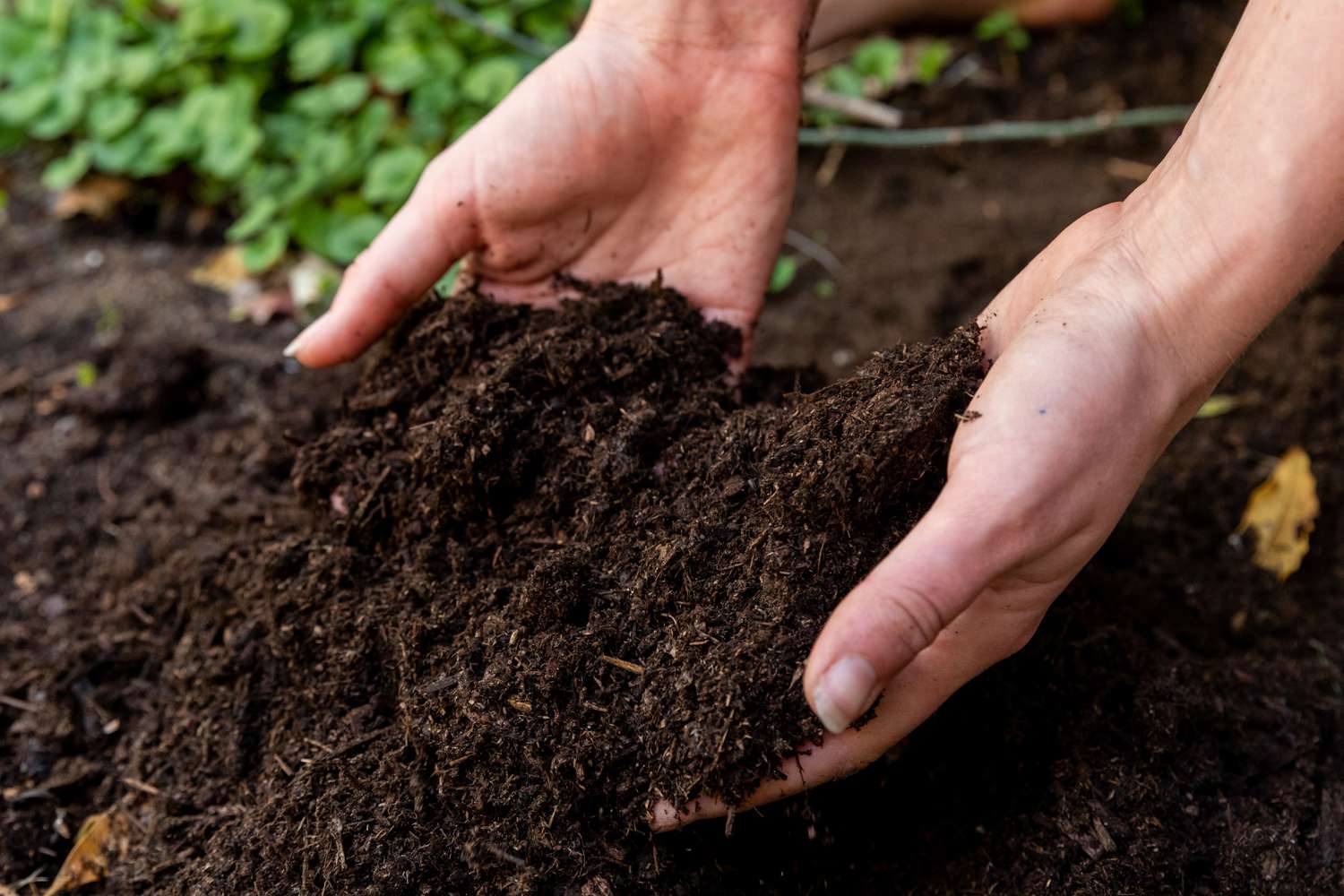
Geotechnical soil testing is a process engineers and experts use to assess soil properties.
As we know soil is one of the most important natural resources on planet Earth, and it is the base of many construction projects like buildings, roads, houses, and other architectural works.
WHY SOIL TESTING IS IMPORTANT:
You can’t construct something strong on weak or unbalanced ground, for this proper soil testing is essential earlier than beginning any predominant work or project. If the soil below is vulnerable, the complete project is liable to failure. some properties of soil affect the overall performance of infrastructure initiatives.
for instance: the hardiness and balance of soil affect the weight a road or bridge can carry. to meet the safety and security of the project the soil before any project is constructed on it.
The soil engineers take a look at comes with the consequences and those results are used to develop a soil profile. A soil profile is a graphical representation of the properties of the soil at a specific location. It enables to layout of an infrastructure project and reduces the damage to infrastructure from a natural disaster, which includes earthquakes.
HOW DOES GEOTECHNICAL ENGINEERING EXAMINE SOIL?
Geotechnical engineers use a bunch of methods to examine the properties of soil.
Triaxial Testing: In this test, a cylindrical soil pattern is placed through three unbiased stresses in unison. This test helps to determine the soil strength, stiffness, and deformation characteristics.
Penetration Testing: In this test, a penetration test is accomplished by operating a steel rod into the ground. The depth and resistance of the rod are used to measure the soil properties.
Soil Compaction Testing: Soil compaction testing is performed in discipline (usually the use of a nuclear gauge) and in a geotechnical testing laboratory, to confirm that the soil has been compacted according to the project specifications. Soil compaction is surely when soil particles are pressed in the direction of each other, decreasing voids between them. Soil compaction prevents soil settlement and frost harm, increases surface stability, reduces soil permeability, and mitigates unwanted settlement of structures.
Rock Testing: Rock testing determines the power of rock and is used to set design parameters for new developments including tunnels, an excavation for a deep basement, or a reduction for a road or railway. Laboratory tests can inform on the following properties of rock: Young’s Modulus, Poisson’s Ratio, unconfined compressive strength, factor load strength index, rock tensile electricity (Brazil Splitting)
Concrete Testing: Concrete testing is used as a high-quality indicator to measure factors consisting of strength, consistency, unit weight, air content, and temperature, and verify how it compares to conventional concrete specification.
Soil experts normally collect soil samples from construction sites or adjacent locations. The soil on the proposed construction site is disturbed using the excavation technique, so it’s crucial to examine the properties of undisturbed soil from an adjacent region.
HOW TO GET SOIL SAMPLES FOR ANALYSIS:
Whether you’re taking on a private home build or a first-rate construction project, the significance of information on the site conditions continues to be the same. The safety, durability, and toughness of your build depend on a thorough expertise of elements on-site and a layout to deal with. Running with specialists can provide consultation at every stage of your project, which includes guidance on a way to get soil samples for analysis, and design guidance, and will represent your quality interest all through construction to ensure the contractor is building as precise.
Geotechnical soil testing is vital for ensuring the steadiness and safety of structures. The data acquired from these tests assist engineers design foundations, maintaining structures, and other elements that rely on the properties of the underlying soil.